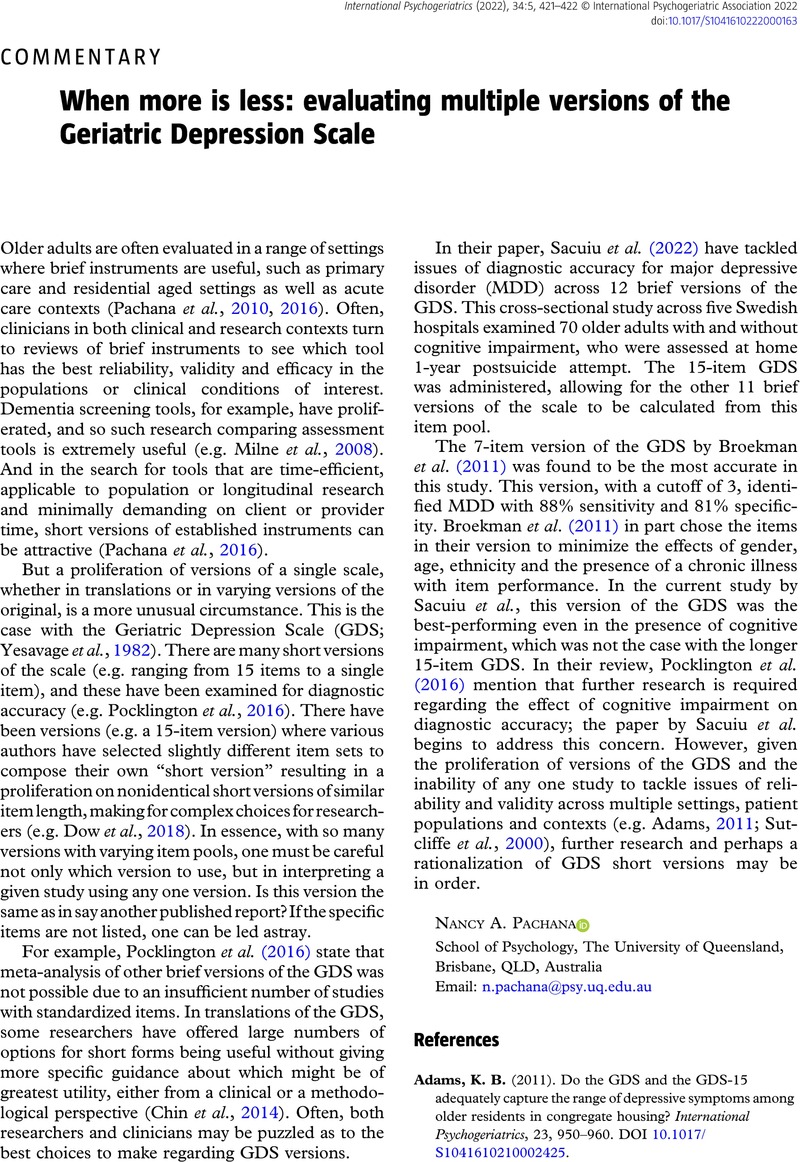Crossref Citations
This article has been cited by the following publications. This list is generated based on data provided by Crossref.
BANDO, Hiroshi
HAYASHI, Kenji
SUMITOMO, Kyoko
MIKI, Kazuya
and
KAMOTO, Asami
2022.
Rapid Reduction of HbA1c and Weight in Elderly Patient with Type 2 Diabetes (T2D) And Depression by Oral Semaglutide (Rybelsus).
Asploro Journal of Biomedical and Clinical Case Reports,
Vol. 5,
Issue. 2,
p.
73.



